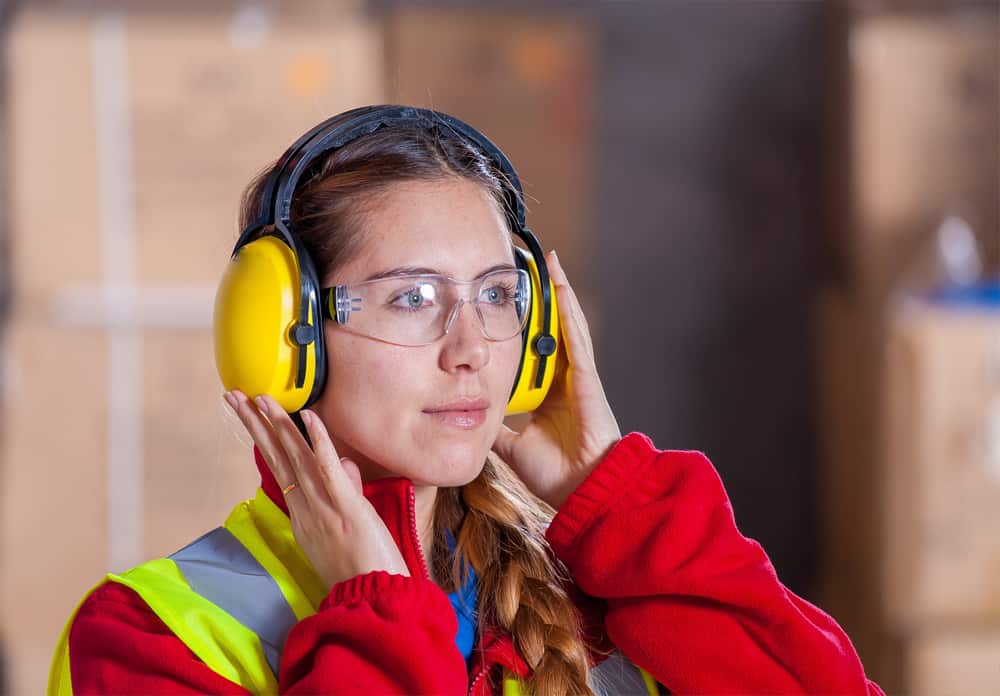
Risks to health: NOISE
Exposure to high noise levels can cause permanent hearing loss; in some cases, surgery cannot help correct this type of injuries, so it is important to evaluate work areas to identify the source of the noise and its exposure.
Noise is a sound that is generated by a moving surface that produces an adulatory wave that is transmitted through the air. Noise-induced hearing loss is one of the most prevalent recognized occupational diseases in the world. Although hearing loss is obviously a problem in industries, it can also be a problem in the entertainment sector, such as orchestras and discotheques.
Short-term exposure to loud noises can also cause a temporary change in hearing (ears may feel clogged) or a ringing in the ears (tinnitus), which may disappear within a few minutes or hours after coming out of the noise. However, repeated exposure to loud noises can lead to permanent tinnitus and / or hearing loss. Exposure to noise in the workplace for many years can lead to irreversible hearing loss if daily acoustic exposure levels reach or exceed 85 dB.
Exposure to noise is measured in units of sound pressure levels called decibels, named after Alexander Graham Bell, using a noise level with A (dBA) weighting. Weighted sound levels closely to adjust the perception of loudness by the human ear. The decibels are measured on a logarithmic scale, a small change in the decibel scale results in a large change in the amount of noise and greater potential damage to a person’s hearing.
The assessment and measurement of noise exposure shall be planned and carried out taking into account the actual state of the standardization, this means that the measurements shall be made in accordance with the generally recognized standard ISO 9612. The parameters used for noise risk assessment are as follows:
|
|
Daily exposure level LEX,8h |
Peak sound pressure level LC,peak |
|
Lower exposure action value |
80 dB(A) |
135 dB(C) |
|
Upper exposure action value |
85 dB(A) |
137 dB(C) |
|
Exposure limit value |
87 dB(A) |
140 dB(C) |
Source: European Agency for Safety and Health at Work (EU-OSHA)
When the exposure values are exceeded, different prevention measures are required such as modification or replacement of equipment, physical changes related to the noise source, limiting the amount of time a person passes through a noise source, providing quiet areas where Workers can obtain relief from hazardous noise sources, among others. The value limits, mentioned above, take into account the attenuation provided by individual hearing protectors worn by workers, it includes the use of protective safety implements.
Source: European Agency for Safety and Health at Work (EU-OSHA)

We are a Venezuelan company founded in 1992 in Guatire, Venezuela, with the purpose of manufacturing safety, protective and work footwear.
© 2021 | Calzado Sicura